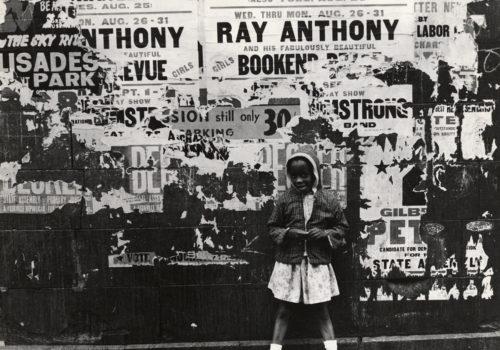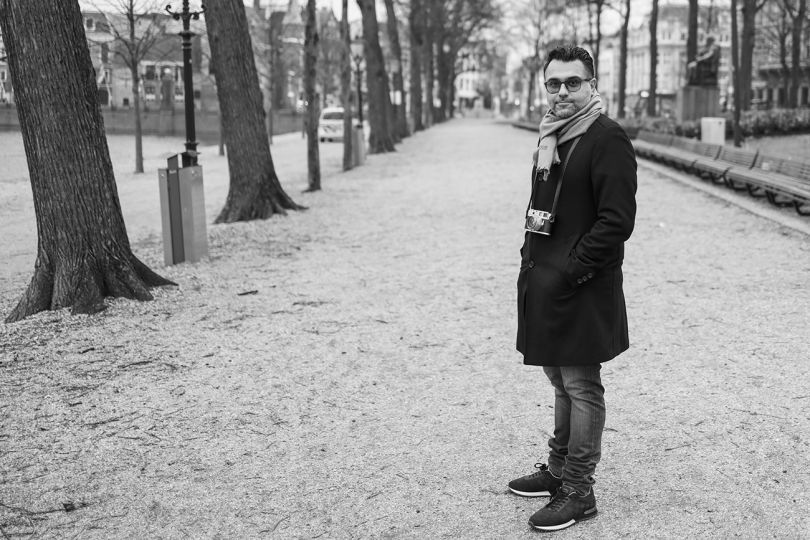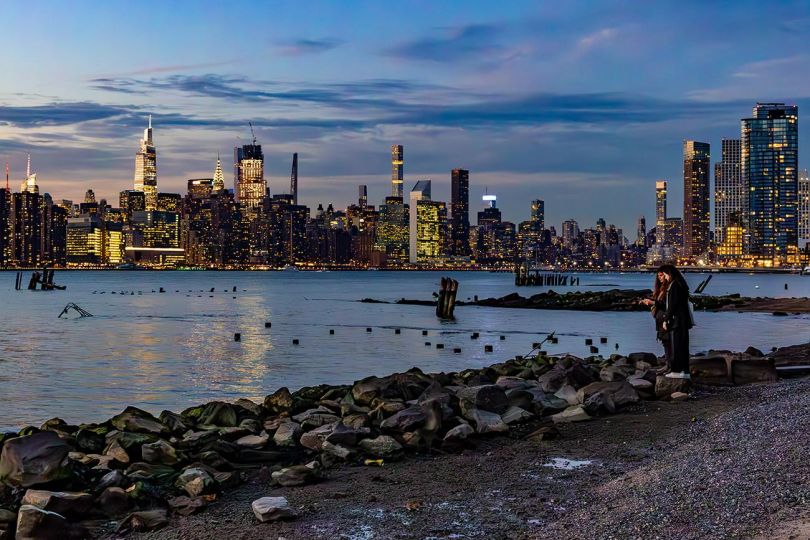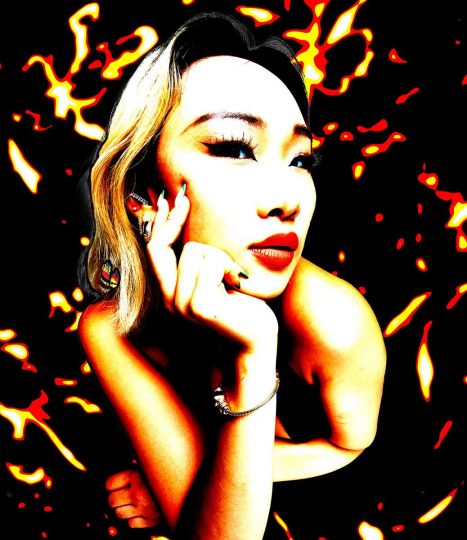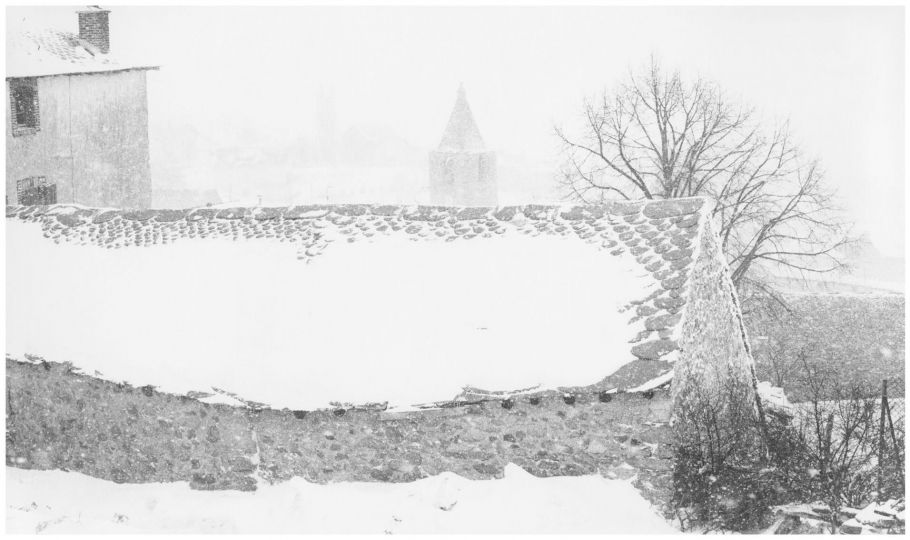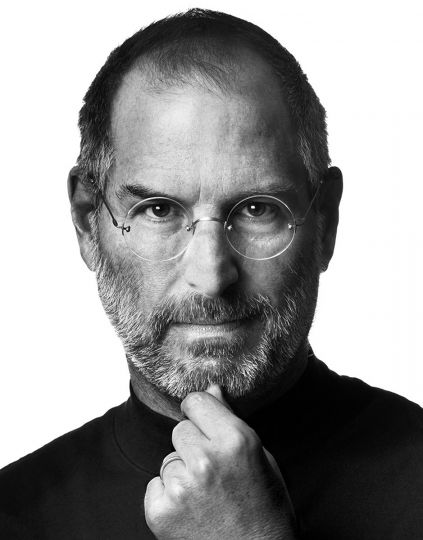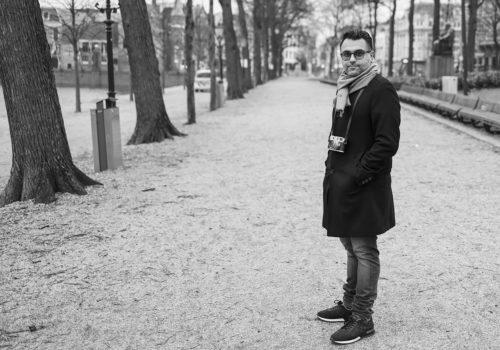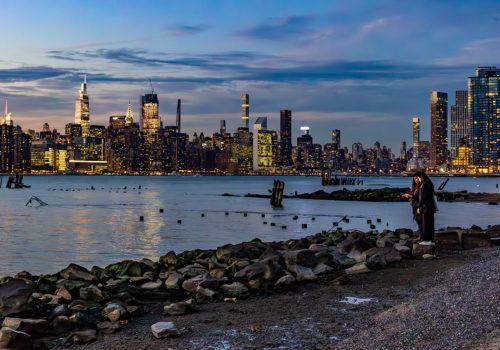Bruce Silverstein Gallery present Shawn Walker: Lost & Found, an exhibition of rediscovered early exhibition prints by one of the founding members of the Kamoinge Workshop. These extraordinary photographs, created in the first decade of the artist’s sixty-year career, depict and immortalize members of the artist’s community who were all too often overlooked and unseen, serving as a window into the origins of the artist’s creative practice. Having rested dormant, safely stored, and forgotten in The Schomburg Center for Research in Black Culture archives for over a half-century and now reunited with the artist, many of the photographs exhibited in Lost and Found are being shown in public for the very first time. They are some of the few early prints still in the artist’s possession after his archive of over 100,000 images was acquired by the Library of Congress in 2019 in what would become the first photography archive of a black artist procured by the institution.
This article is reserved for subscribed members only. If you are already a member, you can log in here below.
Subscribe for full access to The Eye of Photography archives!
That’s thousands of images and articles, documenting the history of the medium of photography and its evolution during the last decade, through a unique daily journal. Explore how photography, as an art and as a social phenomenon, continue to define our experience of the world. Two offers are available.
Subscribe either monthly for 8 euros (€) or annually for 79 euros (€) (2 months offered).

